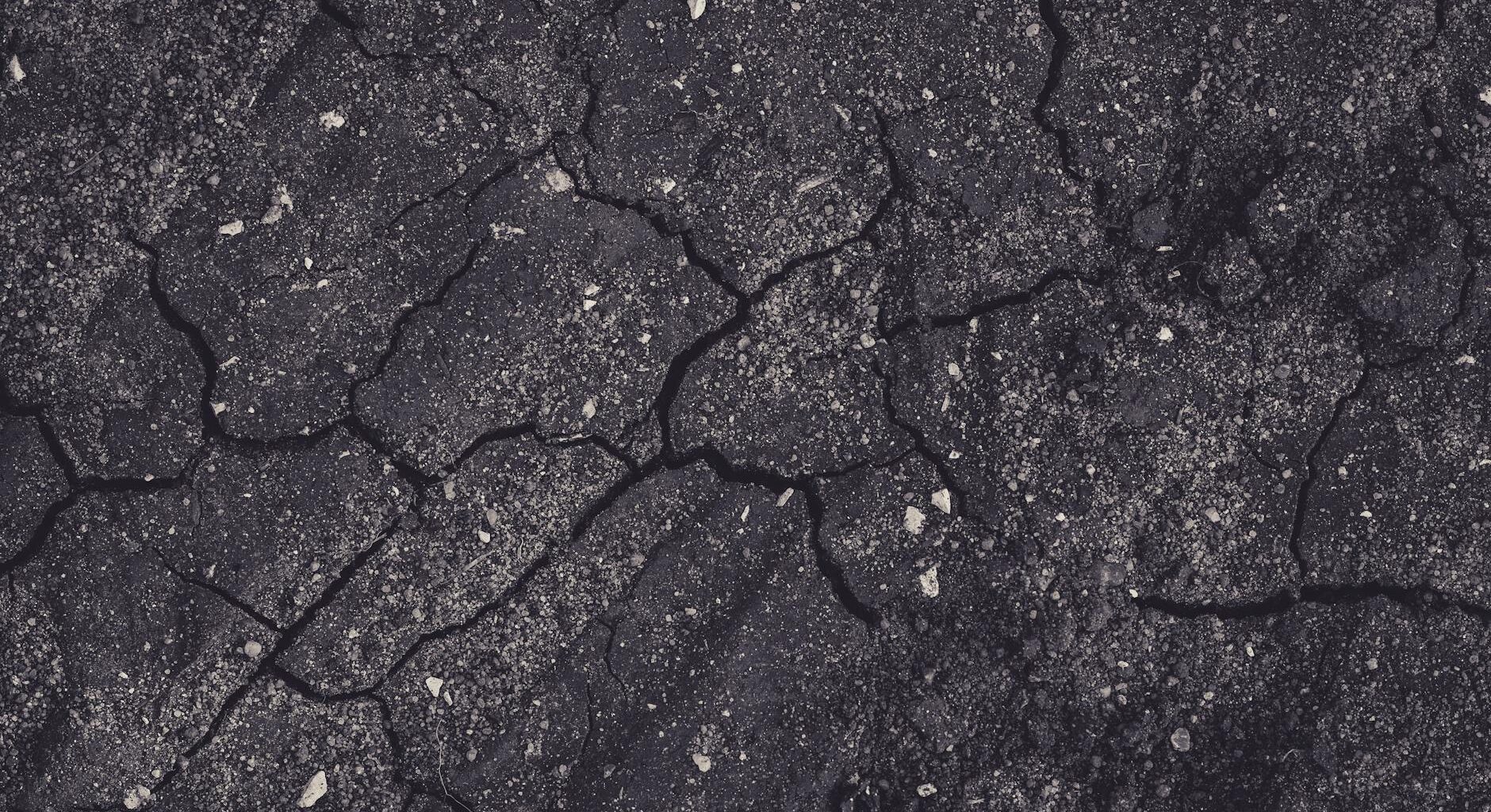Stephen Hawking once warned us about sending messages out in space, letting ourselves be known to other inhabitants of our cosmic neighbourhood, because it might be dangerous if they’re a little too similar to us. Or, well, to all lifeforms we know. It’s the very nature of all life to expand, to grow, to spread around as much as possible. Human expansion cannot be stopped, and it probably shouldn’t be, either. Capitalism also requires growth, and it creates wealth and progress. Mankind’s expansion is existential, and it’s the economy: staying still isn’t contemplated.
But here’s what’s new. For the first time in the history of this planet, we’re everywhere. There’s nowhere left to go. When Lynyrd Skynyrd wrote, in the 1970s, ‘All I Can Do Is Write About It’—the ode to the land which contains the haunting verse about the concrete—we were far from being everywhere. Half a century later, looking at today’s habitat, we now have to ask ourselves if we have another 50 years like the ones that just passed. In barely five decades, we have all but annihilated wildlife on this planet and almost entirely lost the complex ecology that makes this world habitable—for us, too. The biodiversity crisis is stunningly simple to summarise: there’s no Amazon rainforest or African savannah if our cities are there. If we’re there, there’s nothing else. 96% of all mammals left on the planet are either us or the ones we breed into existence in order to eat them. How much longer will nature allow this? Can we get to 98%? What about 99%? Do we really want to find out how we will be stopped?
As our expansion continues incessantly, pollution overwhelms the Earth, and she isn’t able to clean up, recycle, and sustain us anymore. Biodiversity loss and pollution are the main aspects of our unsustainability—too often confused with the climate issue, which is only one consequence of pollution, out of hundreds. Our blood is contaminated with industrial chemicals, including those banned decades ago, and the quality of human sperm has declined massively. PFAS, the so-called forever chemicals, are in the blood of virtually everyone. A very recent study found substantially more microplastics in the brains of deceased people in 2024 than in 2016, just eight years earlier. Nothing disappears, we’re just absorbing it all at this point. One estimate has it that by 2050, the oceans will carry more plastic mass than fish, and the production of plastic might quadruple from 2019 levels, in spite of the fact that we have produced more plastic since 2000 than in all previous years combined. In short, most people think of a world that no longer exists. This isn’t 1970 anymore. Yet we’re still losing 10 million hectares (the size of Iceland) of forest each year. The concrete is always creepin’. Staying still isn’t contemplated.
***
From here, there appear to be three possible scenarios. Let’s explore them and see what solutions we might find. Although the world population is expected to start declining around the year 2100, that’s hardly good news. We might not have the time to wait, and, in any case, a decreasing population is itself a dire, and a dying, warning; it might be what we need, but it might not be what we want.
So, the three scenarios. First, nature responds to the biodiversity crisis and restores the delicate balance of life on Earth by targeting us, eventually bringing us back to sustainable levels. Or, second scenario, we poison ourselves back to being sustainable and the population is drastically reduced until the reduction of our activities allows the Earth to keep up again. Whatever the reason, returning to sustainable levels implies events of the magnitude of the Black Death, which halved the population of Europe about 700 years ago. Of course, if things get out of hand and nature pushes back a little too hard, even worse consequences may arise, which should be enough to give us quite the sense of urgency. 99.9% of all species that ever existed have gone extinct. Is the one species that is destroying everything else that much safer because of its technology and research…? Curiously, this is also one of the solutions to the Fermi Paradox: we’ve never met anyone else in the universe because many civilisations die before achieving interstellar travel.
Third, and final, scenario, we continue our expansion without extreme consequences, and we’re able to respond to anything that nature throws at us. After all, we can find patterns of loss of diversity everywhere, suggesting that perhaps it might even be the rule. We witness it when a more advanced civilisation expands, like the Europeans in the ‘New World’, where the indigenous peoples suffered the consequences. (Remember Stephen Hawking’s warning? He meant we’d be the indigenous people.) The 96% statistic on mammals mentioned above speaks volumes all by itself. And finally, consider that in order to avoid similar situations of total domination within the economy, we had to make up laws on purpose; they’re called antitrust laws. Could it be, then, that that’s where evolution eventually takes us? Total domination—there can be only one. Everyone else gets a zoo or an aquarium. Since the first two scenarios are pretty straightforward, let’s explore this third scenario a little more.
As of this writing, there are around 1,000 mountain gorillas and 5,600 tigers left in the wild. That’s because there is no more ‘wild’. Around 85% of the world’s coastline has some form of human presence (no such thing as a deserted beach anymore), and only 15% of the world’s biodiversity hotspots remain intact. This is what we’re leaving to our children—and remember, of the three scenarios, this is the good one. Total domination is already here, and all that is left to see is what nature does about it.
We are, however, losing more than wilderness and countless species. An uncontaminated town with its streets of cobblestone is considered today an exceptional, genuine experience. But we used to call it, simply, the world. What does it say about the world we live in, if what was once the site of normal life is now overrun by swarms of tourists? What does it say about our lives when a fishermen’s village is a sought-after destination? We are losing our homes, and we have traded them for a post-authentic world. We visit the village while industrial fishing uses miles-long gill nets, pulling everything up from down there, letting nothing escape.
Meanwhile, meat comes almost entirely from sites which are biohazard abominations where billions and billions of creatures with the intelligence of a two or three-year-old are enslaved from birth and live their whole existence covered in faeces and maggots. It’s not your grandparents’ farm anymore. Not only is there nothing natural about any of this, but it also affects us as a species. It affects our daily lives because we are what we do, and what we do is the greatest suffering this planet has ever seen. And it’s a post-authentic world, my friends.
***
So, what about solutions? Wilderness, first of all. We need to be adding it, not losing it, every year. The reserves can’t be under the constant threat of our expansion; they need to be considered a literal matter of human survival…because they are. We do it to keep some semblance of balance, so that nature doesn’t get pissed and send us back to the Bronze Age, or worse. We do it to allow her to breathe and recycle again, and sustain us. We do it because this planet is beyond beautiful. It is where we come from and the only home our children have.
Technology and cleaner policies can help, but they are not enough if there isn’t also a fundamental shift in the direction of our existential and economic expansion. Infinite growth on a finite planet was never going to make sense, but we can still grow and spread around. We migrate, like we’ve always done. We go exploring, like our vessels have done on the seas for thousands of years, starting back when the world was one giant unexplored adventure. That’s the only way you stop the concrete.
But it needs to begin now, or it may never. We colonise the Moon, and we go beyond. Carl Sagan, in referring to the threat posed by asteroids, once said: ‘We live in the middle of a shooting gallery with thousands of asteroids in our path that we haven’t even discovered yet. So, let’s be at least a two-planet species, as a backup plan.’
Carl Sagan is always right, even when he’s talking about something else.
Related reading
Linnaeus, Buffon, and the battle for biology, by Charles Foster
The Highbrow Caveman: Why ‘high’ culture is atavistic, by Charles Foster
‘An animal is a description of ancient worlds’: interview with Richard Dawkins, by Emma Park
‘The Genetic Book of the Dead’: A Dawkinsian Medley, by Daniel James Sharp









1 comment
Beautifully important article. Thank you !!
Your email address will not be published. Comments are subject to our Community Guidelines. Required fields are marked *
Donate